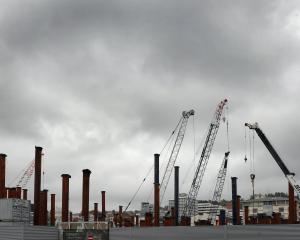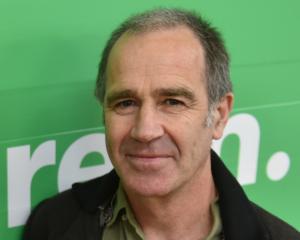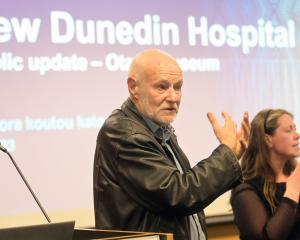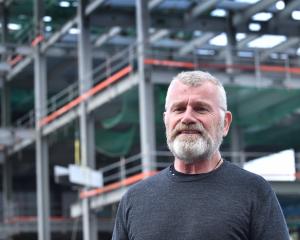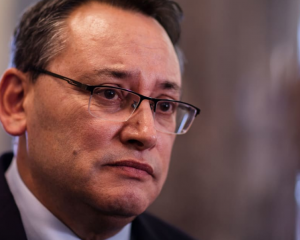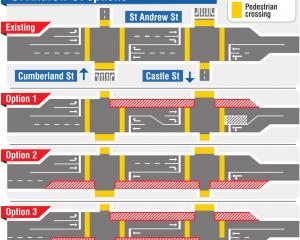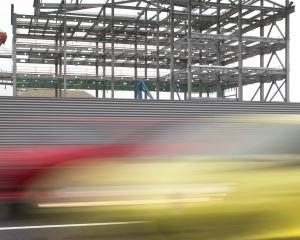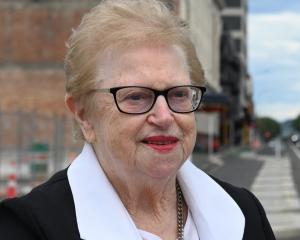
Where they will be sited on the $1.4 billion project's central city site was undecided, Dr David Perez said.
"My big motivation was to push the ambulatory care concept home and I am very pleased that is going to happen,'' he said.
Dr Perez has steered the clinical leadership group, which advises the Southern District Health Board and the Southern Partnership Group about what health workers see as priorities in the new hospital, for two years.
He said most of its early recommendations had been accepted and the group would play a major role when design began.
When the new hospital site was announced in May, two indicative plans of possible configurations of buildings were released. Dr Perez's comments are the first hints since then of what the new hospital might look like.
He said hospital operations would be divided into two streams - planned care (elective operations and booked surgery) and unplanned care (emergencies).
"We want those areas to have separate spaces and not to impinge on each other, as they do now,'' Dr Perez said.
The "ambulatory services centre'' would be large and effectively be an out-patient day hospital.
"Car parking will need to be close to the ambulatory hospital because that's where most of the traffic in and out will happen; in-patients less so.''
What services the day hospital provided would depend largely on primary health, Dr Perez said.
As part of the SDHB and WellSouth PHO's primary health plan, GPs' surgeries are being reorganised - firstly as "health care homes'' and then as "health care hubs,'' which would perform some procedures.
Dr Perez gave the example of cataract surgery as one operation formerly conducted in hospital but now done in the community, and said other procedures would be done in the community in future.
"The main question has been what conditions absolutely need to be treated inside this place, and if it doesn't absolutely need to be here, plan for it to be somewhere else, which is obviously quite a big transition.''
Preventing overloading the hospital system was a priority and a centralised electronic records system would be crucial, Dr Perez said.
To aid patient flow, the new emergency department would feature an acute assessment unit, where patients could be held for up to 48 hours.
"In that time you can help them immediately, but also plan towards when they can go home and be supported by their GP or in the community,'' Dr Perez said.
"That will be a new facility for this hospital and we have been gathering quite a bit of evidence on that.''
Ward design in the hospital will be different - 65% of patients will have private single rooms - and more space will be allotted for families.
Better lighting, more green space, better layout of facilities and improved signposting in the new hospital - rather than the confusing maze which now makes up Dunedin Hospital - were other priorities.
"This building would have been designed in the middle of last century, so we are getting up towards 70 years beyond that now and a great deal has changed,'' he said.
"Within the new hospital we certainly have to have state-of-the-art technology and be able to adapt for the future as things change.''
Dr Perez will be replaced as group chairman by Dr John Adams, associate dean of student affairs at Otago Medical School.
Dr Adams, a former dean of the Dunedin School of Medicine, has previously been chairman of the New Zealand Medical Association and the Medical Council of New Zealand.

